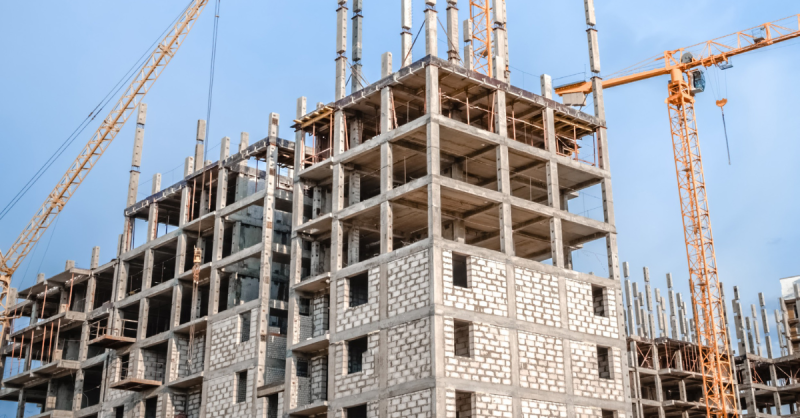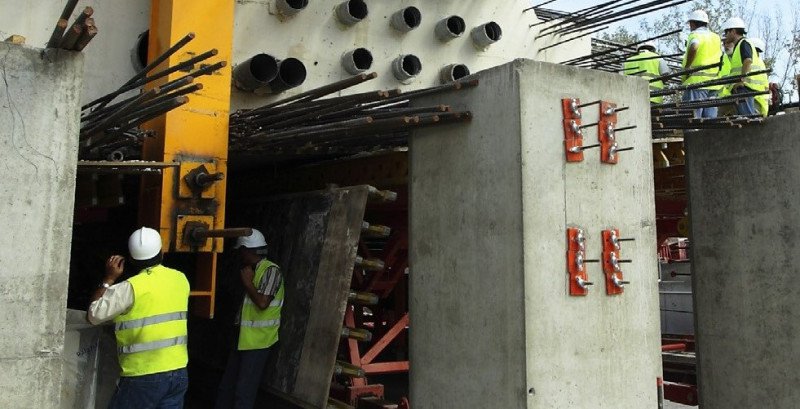Hit enter to search or ESC to close
28 September 2022
Managing construction risk
Construction companies are contending with increasing challenges when renewing their insurance programme, as increasing inflation and the economic effects of the Covid-19 pandemic affect companies and insurers alike.
Changing dynamics in the insurance market mean construction companies may be facing reduced insurer appetite and increasing premiums when looking to get cover for construction risk. These challenges highlight the growing needs for companies to to manage business risk proactively and strike an effective balance between cost and the quality of cover.
By reviewing the type of risks your business faces, you and your broker can examine ways to manage the cost of insurance without unduly exposing your business and employees to risk. Your broker can then develop an effective risk management programme with an optimal balance of risk retention, risk management and risk transfer via insurance.

Review your insurance policy wording to understand expectations of product and material quality.
KEY RISK AREAS TO REVIEW
Health and safety
- It's essential to be able to demonstrate how your company manages its health and safety obligations so insurers can be confident you have taken appropriate measures to mitigate a situation in the event of a claim. Simply operating an effective health and safety system is not likely to be sufficient if you are unable to provide accurate and detailed information on action you have taken, when challenged.
Quality control
- As supply-chain issues and labour constraints continue to hamper construction projects, it’s important to review your insurance policy wording to understand expectations of product and material quality, particularly as you may need to switch to a new supplier at short notice. Construction works that don’t meet quality management standards, either due to substandard material quality or workmanship, could incur rework costs and may lead to legal action against your company.
Environmental responsibility
- When assessing a construction company’s proposal for cover, insurers view a clear and defined environmental risk management plan favourably. A plan should cover the management of key environmental impacts such as noise and vibration, air and water quality, the surrounding landscape and the likely impact on local communities.
Sub-contractor liability
- Vetting all sub-contractors in the same way you check potential employees helps to ensure they don’t spark liability claims due to poor workmanship or professional negligence. As part of your vetting process, you should also check each sub-contractor has the appropriate cover. Your insurance policies are likely to stipulate minimum acceptable levels of cover for sub-contractors and may not cover a claim where an underinsured sub-contractor was to blame.
When developing your risk management programme, you should also consider other, less obvious risks that can cause financial loss and reputational damage, including credit and cyber risks, workplace discrimination and modern-day slavery.

As part of a vetting process it's important to check your sub -contractors have appropriate cover.
How to present your risks to insurers
In a more challenging insurance market, taking the time to prepare well in advance of insurer discussions often pays dividends. Insurers generally take a more positive view of construction businesses that demonstrate a proactive approach to risk management. By working with your broker to present detailed information on your risk exposures, your insurers gain a detailed understanding of your business risk, which in turn can contribute to a more tailored approach to your coverage and potentially a more competitive price than that of a standard policy.
How Crombie Lockwood can help
- Our insurance review at renewal time stress-tests the fundamentals of your insurance programme and defines where changes can be made to deliver improved outcomes, as well as confirming that it is fit for purpose.
- As part of the review process, we provide advice on the balance sheet risks that are appropriate to transfer to an insurance policy, define the appropriate levels of cover and determine how to best structure your construction insurance programme to obtain the necessary liability limits at an acceptable price.
- We then present your risks as an attractive proposition to insurers, particularly complex or hard to place risks, so insurers elect to accept them with confidence and offer the best possible coverage and value.
- Risk engineering is an increasingly important component of a risk management strategy, providing an extra layer of protection against possible damage, loss, claims and injury. Our specialist risk engineers assess construction risk and develop effective ways to mitigate and prevent losses to improve the outcome for all parties involved in a project.
Managing construction risks
Gallagher's construction practice works with clients of all sizes to provide quality advice and arrange insurance solutions to meet the needs of project stakeholders. We’ll gain a thorough understanding of your business and risks to recommend an insurance programme that is right for you.